-
 Bitcoin
Bitcoin $117500
2.15% -
 Ethereum
Ethereum $3911
6.19% -
 XRP
XRP $3.316
10.79% -
 Tether USDt
Tether USDt $1.000
0.01% -
 BNB
BNB $787.2
2.24% -
 Solana
Solana $175.2
4.15% -
 USDC
USDC $0.9999
0.00% -
 Dogecoin
Dogecoin $0.2225
8.40% -
 TRON
TRON $0.3383
0.28% -
 Cardano
Cardano $0.7868
6.02% -
 Stellar
Stellar $0.4382
9.34% -
 Hyperliquid
Hyperliquid $40.92
7.56% -
 Sui
Sui $3.764
7.63% -
 Chainlink
Chainlink $18.48
10.66% -
 Bitcoin Cash
Bitcoin Cash $582.1
1.88% -
 Hedera
Hedera $0.2601
6.30% -
 Avalanche
Avalanche $23.33
4.94% -
 Ethena USDe
Ethena USDe $1.001
0.02% -
 Litecoin
Litecoin $122.3
2.04% -
 UNUS SED LEO
UNUS SED LEO $8.969
-0.27% -
 Toncoin
Toncoin $3.339
0.86% -
 Shiba Inu
Shiba Inu $0.00001287
4.30% -
 Uniswap
Uniswap $10.43
7.38% -
 Polkadot
Polkadot $3.861
5.08% -
 Dai
Dai $1.000
0.02% -
 Bitget Token
Bitget Token $4.513
3.41% -
 Monero
Monero $267.7
-6.18% -
 Cronos
Cronos $0.1499
4.14% -
 Pepe
Pepe $0.00001110
5.15% -
 Aave
Aave $284.9
8.28%
How do I use the Taker/Maker mode on Bybit? Is there a difference in handling fees?
Bybit's Taker/Maker mode allows traders to optimize strategies by using market orders for immediate execution and limit orders to add liquidity and reduce fees.
May 18, 2025 at 09:14 am
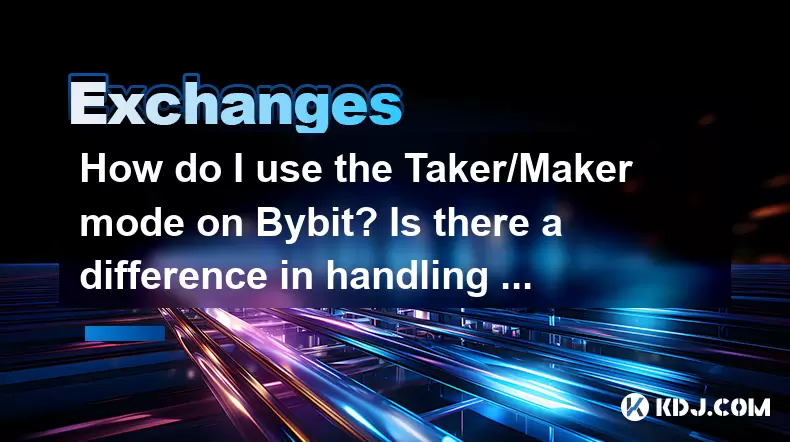
Introduction to Taker/Maker Mode on Bybit
Bybit, a popular cryptocurrency exchange, offers users the ability to trade in Taker/Maker mode. Understanding the difference between Taker and Maker orders is crucial for optimizing trading strategies and managing fees effectively. In this article, we will explore how to use the Taker/Maker mode on Bybit and examine the differences in handling fees associated with each type of order.
Understanding Taker and Maker Orders
Before diving into the specifics of using Taker/Maker mode on Bybit, it's essential to understand the basic concepts of Taker and Maker orders.
Taker Orders: These are orders that are matched immediately against existing orders in the order book. When you place a Taker order, you "take" liquidity from the market. Taker orders are typically market orders or limit orders that are set at a price that can be immediately filled.
Maker Orders: These are orders that are placed on the order book and wait to be matched. When you place a Maker order, you "make" liquidity in the market. Maker orders are usually limit orders that are set at a price that is not immediately available in the market.
How to Use Taker/Maker Mode on Bybit
Using the Taker/Maker mode on Bybit involves understanding how to place these types of orders on the platform. Here's a step-by-step guide on how to do it:
Accessing the Trading Interface: Log into your Bybit account and navigate to the trading interface. You can choose the cryptocurrency pair you want to trade.
Placing a Taker Order: To place a Taker order, you can use the market order option. On Bybit, click on the "Market" tab under the order entry section. Enter the amount you want to trade and confirm the order. This order will be executed immediately at the current market price, thus acting as a Taker order.
Placing a Maker Order: To place a Maker order, use the limit order option. On Bybit, click on the "Limit" tab under the order entry section. Set the price at which you want to buy or sell the cryptocurrency. If your price is not immediately available in the market, your order will be placed on the order book as a Maker order.
Differences in Handling Fees Between Taker and Maker Orders
Bybit, like many other exchanges, charges different fees for Taker and Maker orders. Understanding these differences can help you optimize your trading strategy to minimize costs.
Taker Fees: Taker orders are generally charged a higher fee because they remove liquidity from the market. On Bybit, the fee for Taker orders can vary depending on your trading volume and VIP level. For example, a standard Taker fee might be around 0.075% for regular users.
Maker Fees: Maker orders are typically charged a lower fee because they add liquidity to the market. On Bybit, the fee for Maker orders is often lower than for Taker orders. For example, a standard Maker fee might be around 0.025% for regular users.
Strategies for Minimizing Fees Using Taker/Maker Mode
By understanding the differences in fees between Taker and Maker orders, you can develop strategies to minimize your trading costs on Bybit.
Using Limit Orders: By using limit orders to place Maker orders, you can take advantage of lower fees. This strategy is particularly effective if you are not in a rush to execute your trade and are willing to wait for the market to come to your price.
Trading Volume and VIP Levels: Bybit offers tiered fee structures based on trading volume and VIP levels. Increasing your trading volume can help you move to a higher VIP level, which can result in lower Taker and Maker fees. Regularly reviewing your trading volume and adjusting your strategies accordingly can help you minimize fees.
Combining Taker and Maker Orders: In some cases, combining Taker and Maker orders can be beneficial. For example, you might use a Taker order to quickly enter a position and then use a Maker order to exit the position at a more favorable price. This approach can help you balance the need for immediate execution with the desire to minimize fees.
Practical Example of Using Taker/Maker Mode on Bybit
To illustrate how to use Taker/Maker mode on Bybit, let's consider a practical example. Suppose you want to trade Bitcoin (BTC) against USDT on Bybit.
Placing a Taker Order: You decide to buy 0.1 BTC immediately at the current market price. You navigate to the BTC/USDT trading pair on Bybit, click on the "Market" tab, enter 0.1 BTC, and confirm the order. This order will be executed as a Taker order, and you will be charged the Taker fee.
Placing a Maker Order: After buying 0.1 BTC, you decide to sell it at a higher price. You set a limit order to sell 0.1 BTC at a price that is not currently available in the market. You navigate to the BTC/USDT trading pair on Bybit, click on the "Limit" tab, enter 0.1 BTC, set the desired sell price, and confirm the order. This order will be placed on the order book as a Maker order, and you will be charged the Maker fee when it is executed.
Frequently Asked Questions
Q: Can I switch between Taker and Maker orders during a trade on Bybit?
A: Yes, you can switch between Taker and Maker orders during a trade on Bybit. You can place a Taker order to enter a position and then use a Maker order to exit the position at a different price. This flexibility allows you to adapt your trading strategy based on market conditions and fee considerations.
Q: Are there any tools or indicators on Bybit that can help me decide when to use Taker or Maker orders?
A: Bybit provides various tools and indicators that can help you make informed decisions about when to use Taker or Maker orders. For example, you can use the order book to see the current liquidity and price levels, which can help you decide whether to place a Taker or Maker order. Additionally, Bybit's trading charts and technical indicators can help you analyze market trends and make strategic trading decisions.
Q: How does Bybit's fee structure compare to other cryptocurrency exchanges?
A: Bybit's fee structure is competitive with other leading cryptocurrency exchanges. While the exact fees can vary based on trading volume and VIP levels, Bybit generally offers lower Maker fees compared to Taker fees, which is a common practice among exchanges. It's important to compare fee structures across different platforms to ensure you are getting the best deal for your trading needs.
Q: Can I use Taker/Maker mode on Bybit's mobile app?
A: Yes, you can use Taker/Maker mode on Bybit's mobile app. The process for placing Taker and Maker orders on the mobile app is similar to the web platform. You can access the trading interface, select the desired cryptocurrency pair, and choose between market and limit orders to place Taker and Maker orders, respectively.
Disclaimer:info@kdj.com
The information provided is not trading advice. kdj.com does not assume any responsibility for any investments made based on the information provided in this article. Cryptocurrencies are highly volatile and it is highly recommended that you invest with caution after thorough research!
If you believe that the content used on this website infringes your copyright, please contact us immediately (info@kdj.com) and we will delete it promptly.
- SNEK, Cardano, and the Contributor's Conundrum: A Meme Coin's Fight for Recognition
- 2025-08-08 16:30:12
- Toshi Crypto's Wild Ride: Rally, Demand Slump, and What's Next
- 2025-08-08 16:30:12
- Ethereum, Staking Yields, and DeFi Exposure: A New Era for Investors?
- 2025-08-08 15:10:12
- Unilabs Pumps MIA, Binance Coin Bouncing Back, and Ethereum's Bearish Blues
- 2025-08-08 15:10:12
- Ethereum's Wyckoff Markup and Market Rotation: A New Era?
- 2025-08-08 15:30:12
- Ethereum, Vitalik Buterin, and the Overleveraged Game: A Balancing Act
- 2025-08-08 15:30:12
Related knowledge
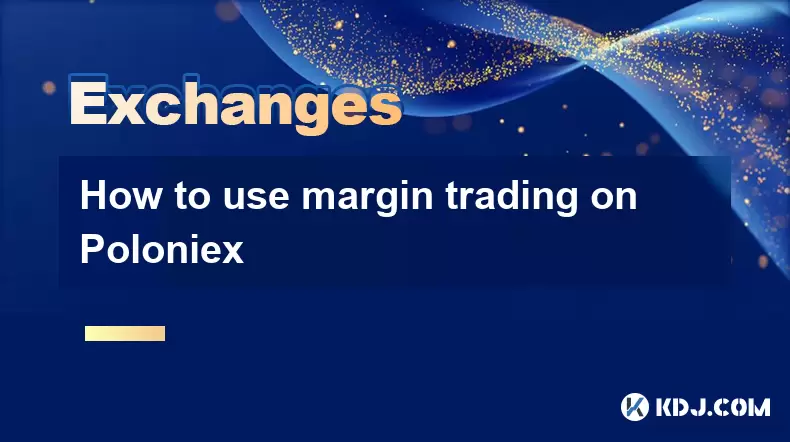
How to use margin trading on Poloniex
Aug 08,2025 at 09:50am
Understanding Margin Trading on Poloniex
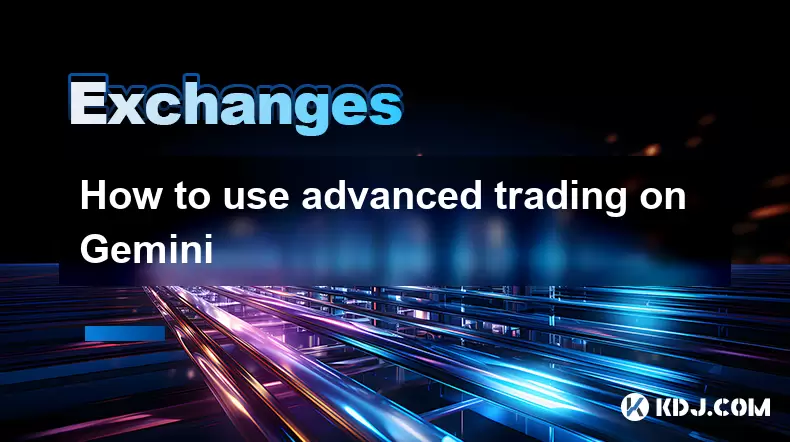
How to use advanced trading on Gemini
Aug 08,2025 at 04:07am
Understanding Advanced Trading on GeminiAdvanced trading on Gemini refers to a suite of tools and order types designed for experienced traders who wan...
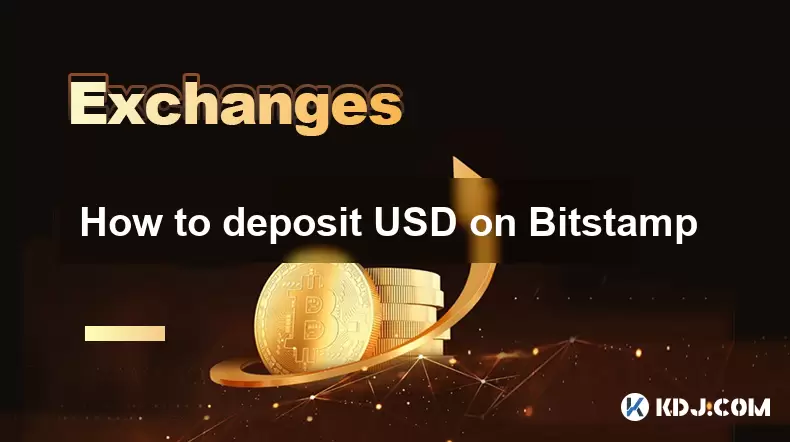
How to deposit USD on Bitstamp
Aug 07,2025 at 05:18pm
Understanding Bitstamp and USD DepositsBitstamp is one of the longest-standing cryptocurrency exchanges in the industry, offering users the ability to...
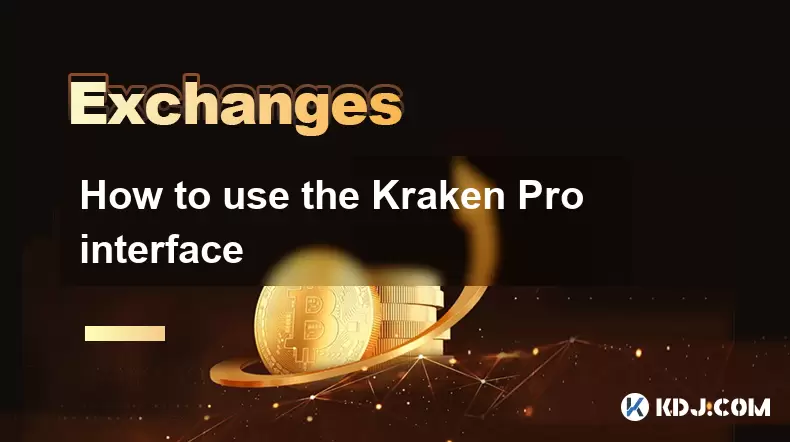
How to use the Kraken Pro interface
Aug 08,2025 at 09:57am
Understanding the Kraken Pro Interface LayoutThe Kraken Pro interface is designed for both novice and experienced traders seeking a streamlined experi...
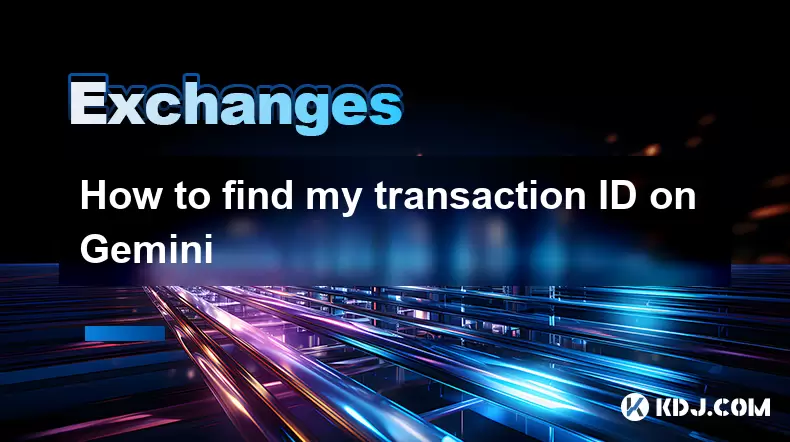
How to find my transaction ID on Gemini
Aug 08,2025 at 12:50am
Understanding the Transaction ID in Cryptocurrency ExchangesA transaction ID (TXID) is a unique alphanumeric string that identifies a specific transfe...
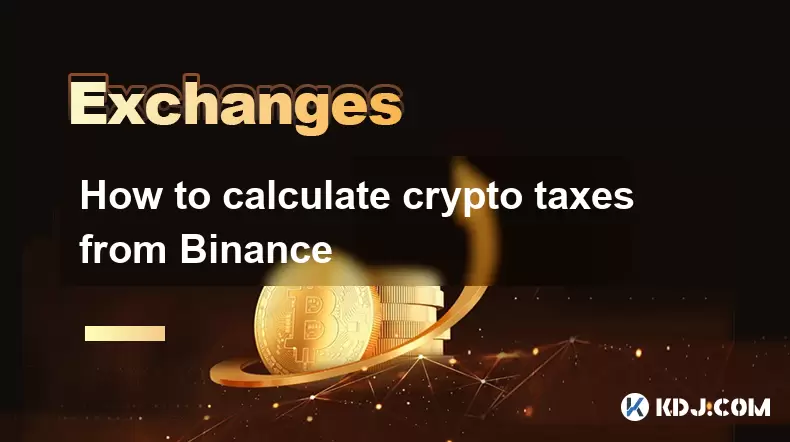
How to calculate crypto taxes from Binance
Aug 08,2025 at 07:56am
Understanding Cryptocurrency Taxation on BinanceCalculating crypto taxes from Binance requires a clear understanding of how tax authorities classify d...

How to use margin trading on Poloniex
Aug 08,2025 at 09:50am
Understanding Margin Trading on Poloniex

How to use advanced trading on Gemini
Aug 08,2025 at 04:07am
Understanding Advanced Trading on GeminiAdvanced trading on Gemini refers to a suite of tools and order types designed for experienced traders who wan...

How to deposit USD on Bitstamp
Aug 07,2025 at 05:18pm
Understanding Bitstamp and USD DepositsBitstamp is one of the longest-standing cryptocurrency exchanges in the industry, offering users the ability to...

How to use the Kraken Pro interface
Aug 08,2025 at 09:57am
Understanding the Kraken Pro Interface LayoutThe Kraken Pro interface is designed for both novice and experienced traders seeking a streamlined experi...

How to find my transaction ID on Gemini
Aug 08,2025 at 12:50am
Understanding the Transaction ID in Cryptocurrency ExchangesA transaction ID (TXID) is a unique alphanumeric string that identifies a specific transfe...

How to calculate crypto taxes from Binance
Aug 08,2025 at 07:56am
Understanding Cryptocurrency Taxation on BinanceCalculating crypto taxes from Binance requires a clear understanding of how tax authorities classify d...
See all articles

























































































